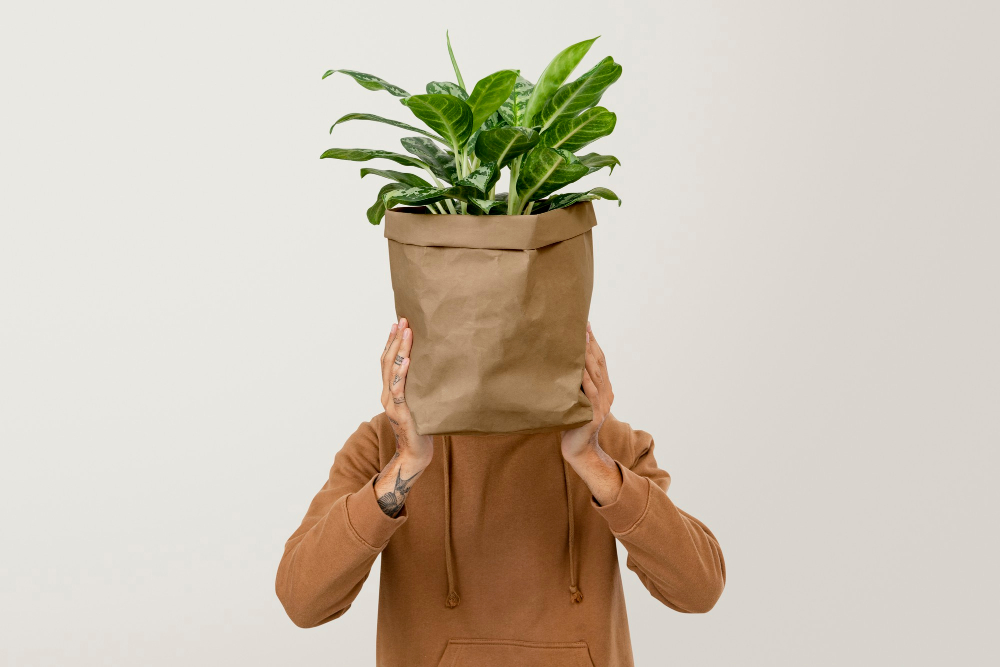You must devise a different planting technique if you can’t put a tree directly into the earth. Growing trees in pots are one of the greatest options available.
But not all containers are appealing. Planting trees in grow bags have many benefits over using other container types. If you decide to go down that road, you must understand how to carry out the planting process.
This article will act as a guide to assist you in carrying out the said task. Let’s get started!
Why Do You Need Grow Bags?
Grow bags offer the ideal way to start gardening for individuals who aren’t ready to dedicate a permanent garden space.
Grow-bag gardening is an easy method to start planting from anywhere. You only need a few bags and some soil to get started.
There are some general rules to follow, and choosing the right tree is one of them. The tree will be your choice, but you must determine whether the chosen plan will thrive in the grow bag.
Recognize Growing Circumstances
Each plant requires different situations and circumstances to grow. You must respect the plant’s demands, whether planted in the ground or in a container. You will see that each plant species has various preferences about:
- Toughness zone
- Solar exposure
- Soil hydration
- PH of the soil
Each plant may have its own specific needs for care. Make sure the tree you select will thrive in the location where it will be planted and that you are prepared to handle any future upkeep requirements.
Look for a Small Species
Growing plants in grow bags or containers is a practical choice. But there are significant drawbacks to that approach. The absence of space inside the bag is the most important of these.
The branches and roots of a tree will enlarge as it ages. There are no restrictions on how far a tree’s roots can travel while it grows in the ground. A grow bag has a limited amount of room for root development.
Due to this feature, trees must be transplanted into larger containers after a few years of growth. However, to reduce the number of times you will need to transplant your tree, there is one preventative measure you can take.
Choose a smaller species if you’re planting in a grow bag. Many dwarf species are perfect for the smaller area a grow bag provides, so keep this in mind when choosing a plant to grow.
These species have smaller roots that will take longer to expand to the grow bag’s maximum size.
Choose a Healthy Plant
The final piece of advice we have for choosing a tree is to choose one that is in good health. Some trees in a nursery may be in excellent health, while others might be dying.
Selecting a tree with poor health will guarantee failure right away. Even if you take ideal care of the plant, it can still die.
How Do Grow Bags Function?
The functionality of grow bags is one of the main factors behind their popularity. Let’s start by thinking about plastic containers.
Many plants thrive in plastic pots, but the roots of your plant may not always enjoy them.
You might be aware that a plant in a plastic container will have roots that spread to the container’s edge and then continue to grow.
As a result, the plant develops a circular root growth pattern, eventually forcing it to become rootbound. Grow bags truly shine in this situation, especially if they are made of breathable fabric.
Benefits of Grow Bags
Grow bags are useful, but you must ensure that the brand and product you choose are high quality.
The grow bag market only took off in the 1970s when it was introduced for home use.
Since then, grow bags have become incredibly popular in farming and commercial gardening operations.
Beyond just being transportable, grow bags have several advantages. The benefits are outlined below.
- They are a good way to regulate temperature because grow bags don’t overheat in the sun like plastic pots.
- Since grow bags don’t hold onto water or moisture, there is no chance of overwatering or the formation of mold and fungus.
- No possibility of rootbound plants because grow bag promotes airflow.
Which Plants Can You Grow in Grow Bags?
You can grow anything in it if your grow bag is the proper size! They can be used to grow flowers, but most of the time, they are used to grow vegetables and herbs.
The following plants grow well in grow bags:
- Tomatoes
- Potatoes
- Chili peppers
- Cucumbers
- Sweet peppers
- Green salad
- Eggplant
- Zucchini
There are tons of other alternatives, so this is by no means a comprehensive list.
Can I Grow Indoor Plants in Grow Bags?
Grow bags can be used indoors, but you must pick a nice spot with enough light.
You will need to place a container underneath the grow bag to catch the water that runs through it because grow bag doesn’t trap water.
Conclusion
Grow-bag gardening is an enjoyable technique to cultivate plants in containers.
Two of the largest advantages are that you cannot overwater your plant and that most vegetables and herbs grow well in grow bags.
Before you begin grow-bag gardening, use the information above to equip yourself with all you need. Good luck!
